Leopards are among the most adaptable big cats in the animal kingdom, found across various landscapes from the savannas of Africa to the forests of Asia. Despite their adaptability and generally elusive nature, leopards have been noted to attack humans more frequently than other big cats. Understanding why these interactions occur is critical to developing strategies to prevent them and ensure the coexistence of humans and wildlife.
The Stealth and Adaptability of Leopards
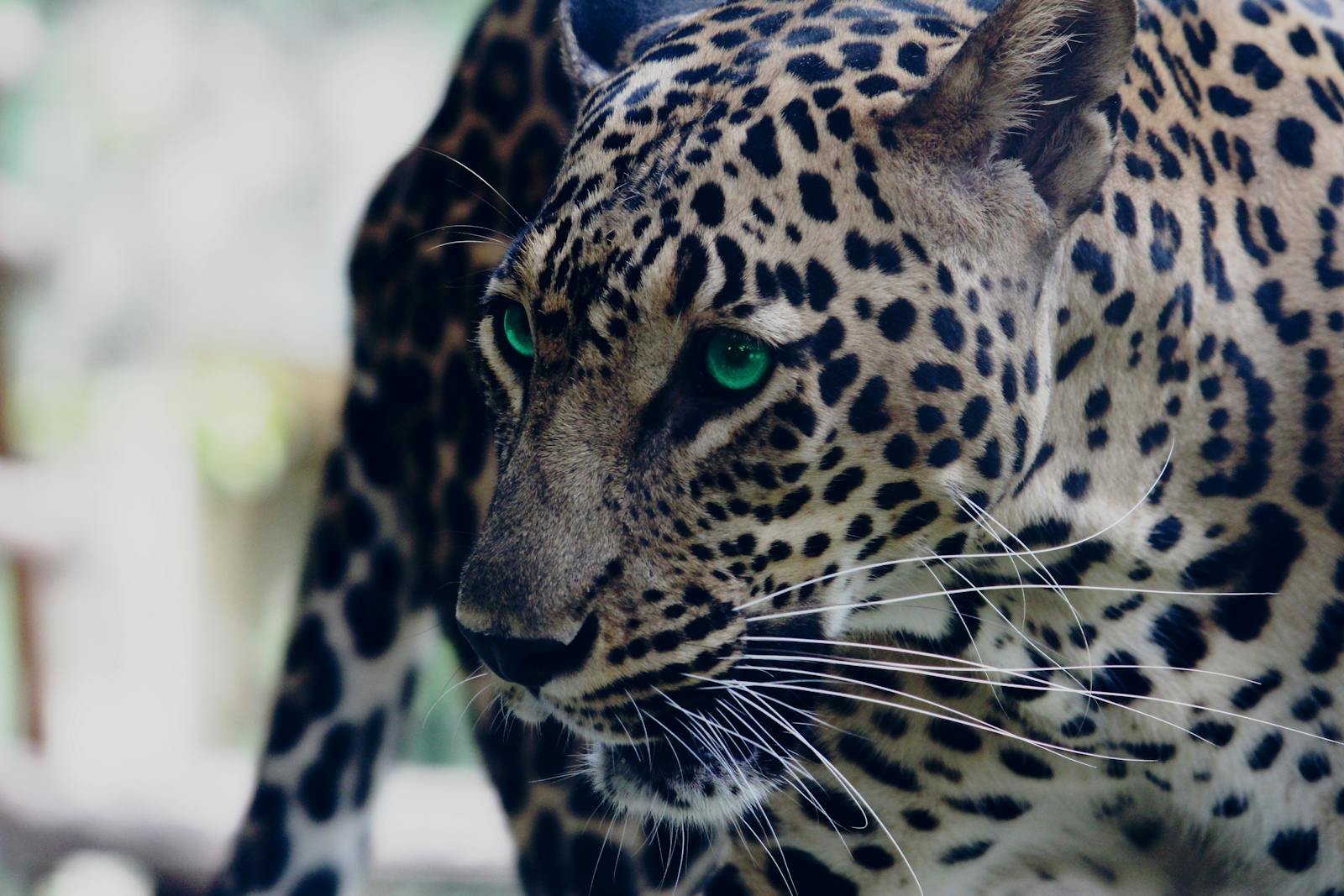
Leopards are known for their remarkable ability to adapt to a wide range of environments. They are highly skilled hunters, capable of surviving in diverse habitats including urban fringes where they may encounter humans. This adaptability extends to their hunting habits, allowing them to thrive even when natural prey becomes scarce, sometimes turning towards livestock and, rarer still, humans.
Understanding Leopard Behavior
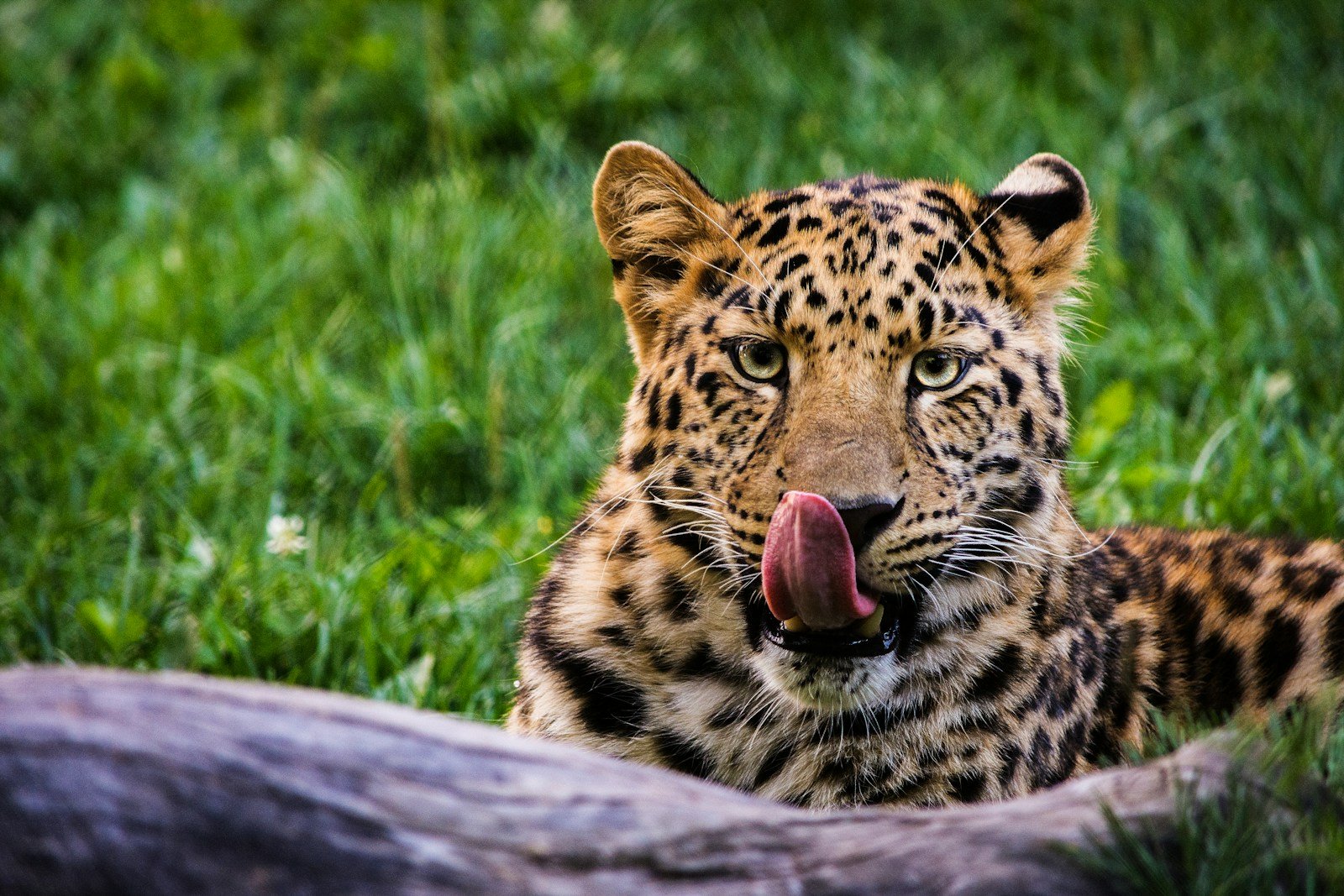
Leopards are solitary and territorial, often preferring dense bush and forested areas that provide concealment. This characteristic stealthiness is key in their approach to hunting and evading detection. Understanding leopard behavior is essential in comprehending why they might turn to attacking humans, particularly in areas where their natural habitat overlaps with human settlements.
Leopard Attacks: A Historical Perspective
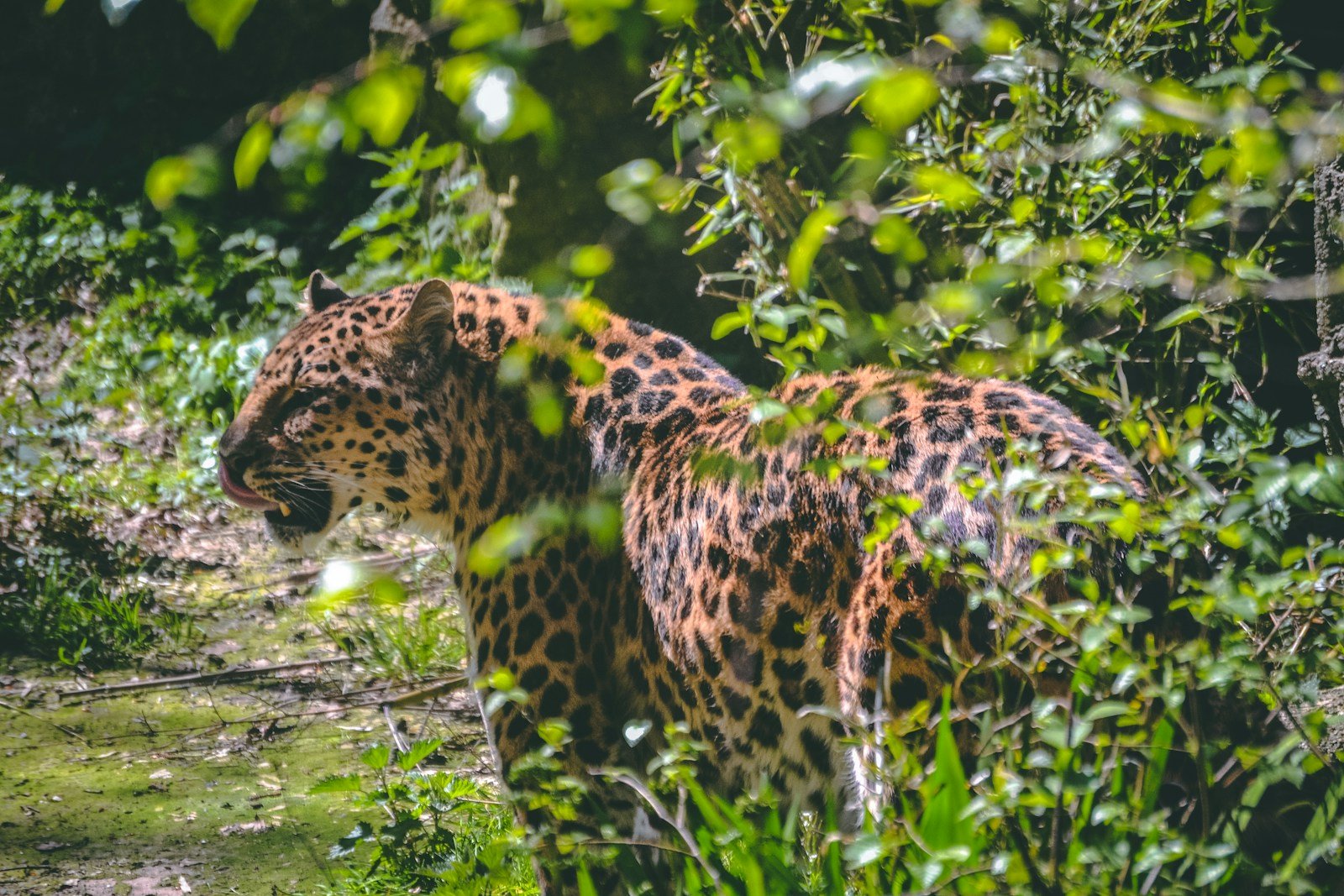
Historically, leopard attacks on humans have been documented in areas where human expansion has encroached on their territory. Throughout history, regions like the Indian subcontinent have recorded frequent interactions due to high population density near leopard habitats, often leading to tragic encounters.
Comparing Leopard Attacks with Other Big Cats
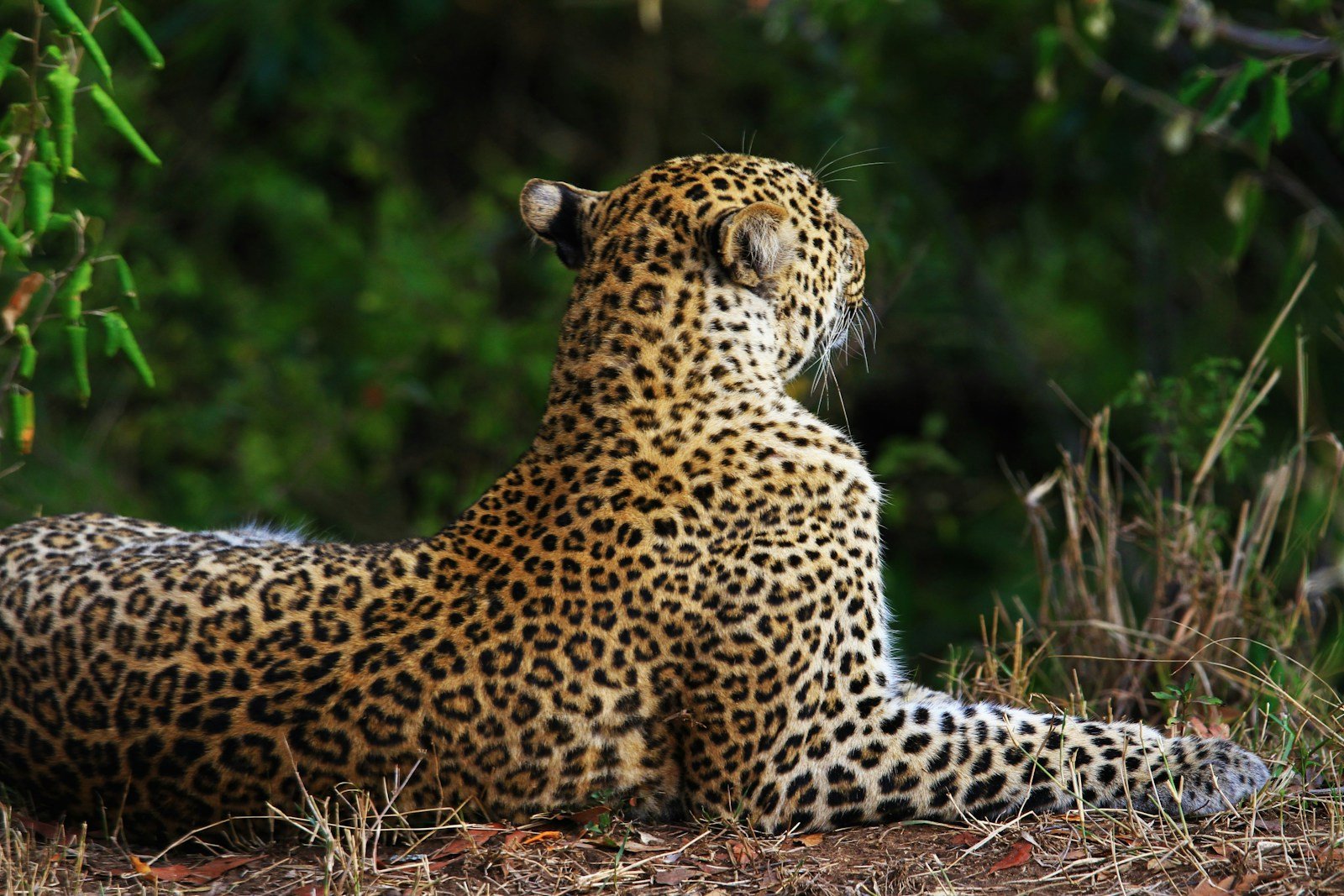
While leopards are responsible for a significant number of attacks on humans, it’s necessary to compare their behavior with other big cats like lions, tigers, and jaguars. Tigers, for example, are known to attack humans in certain contexts but are less adaptable to living near human settlements compared to leopards. Understanding such contrasts can shed light on why leopards are more often involved in conflicts with humans.
Factors Contributing to Human-Leopard Conflicts
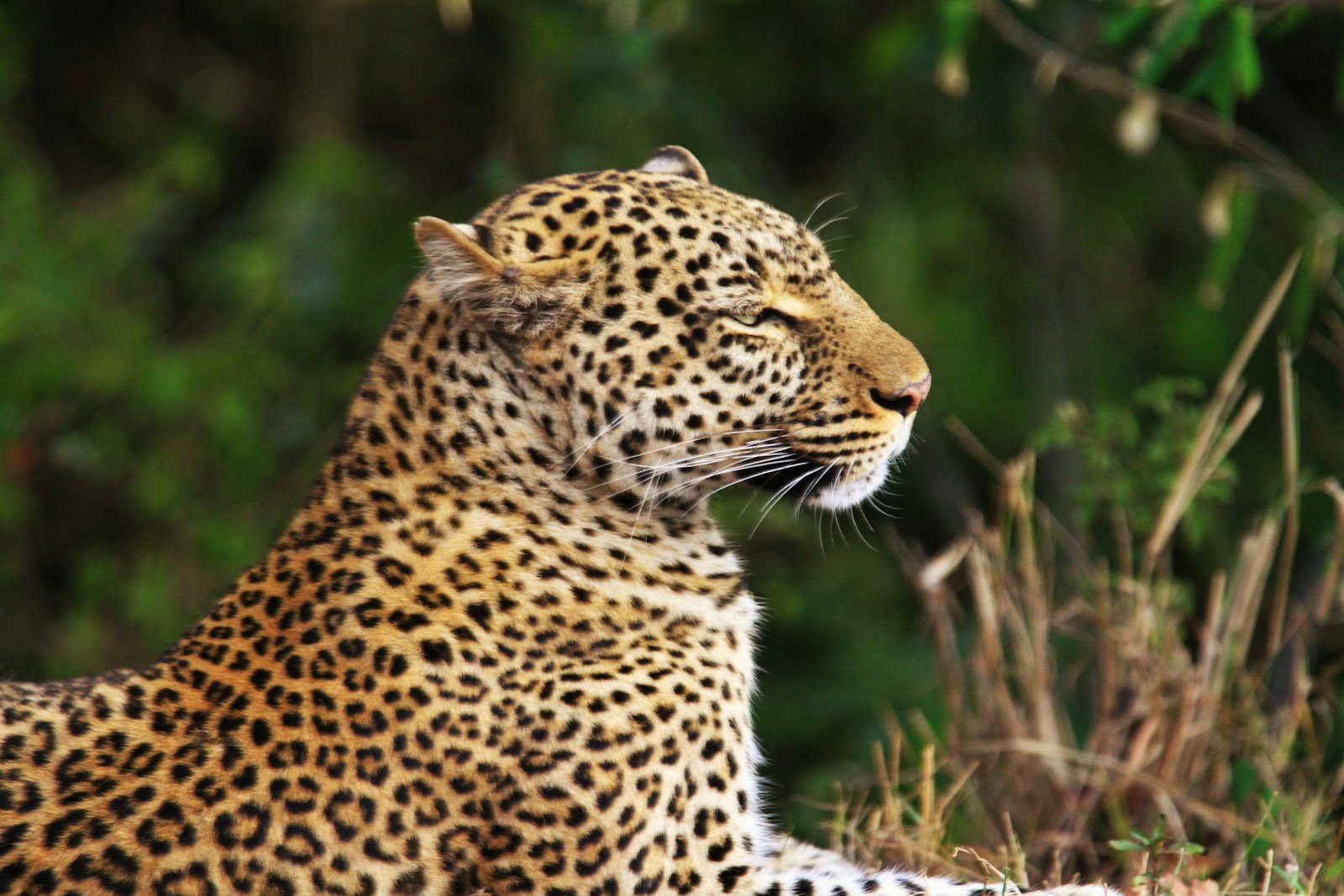
Human-leopard conflicts often stem from habitat encroachment, prey depletion, and increased human activities in leopard territories. Agricultural expansion and deforestation force leopards to come closer to villages, leading to increased chances of encounters with humans.
The Role of Prey Scarcity
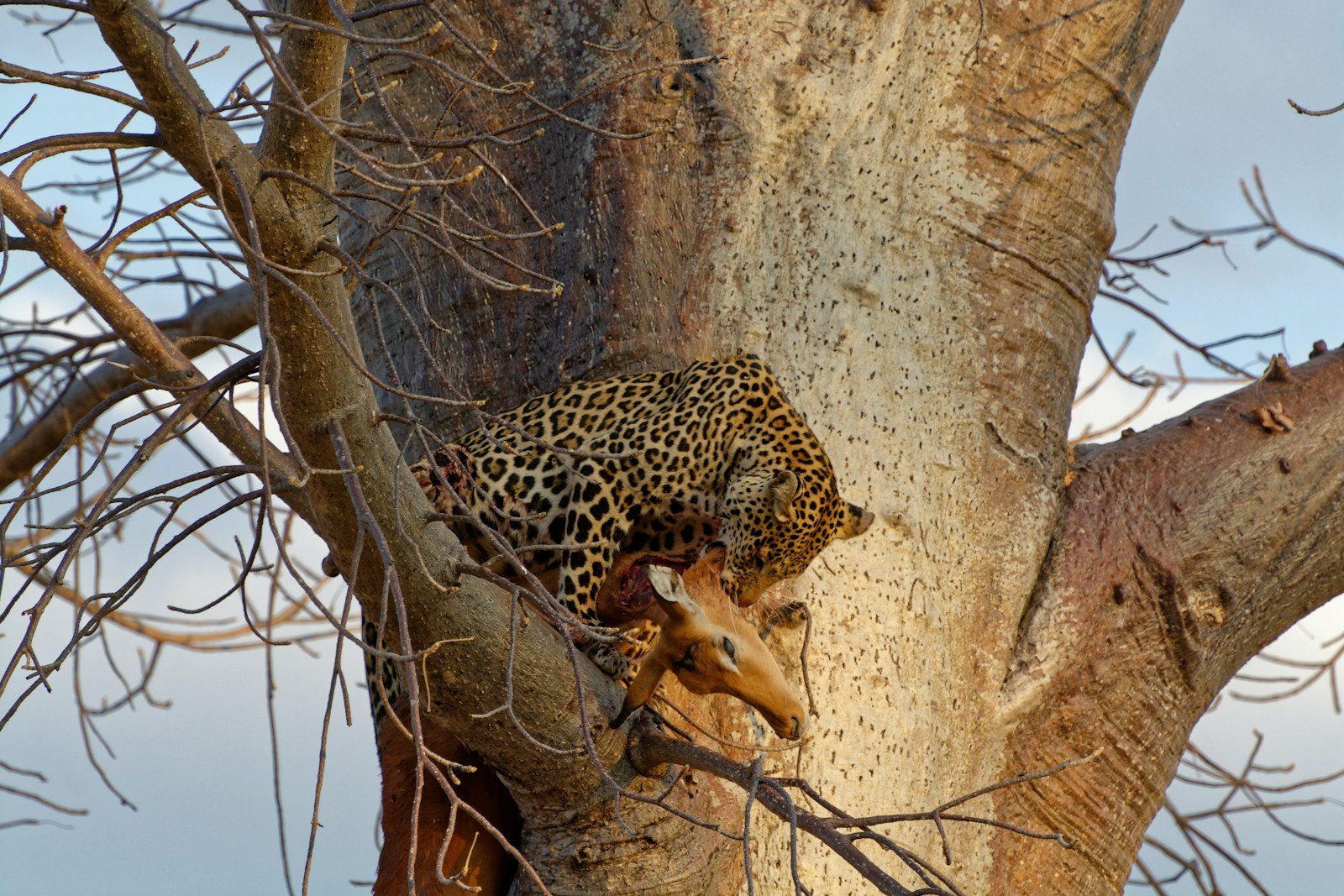
One of the primary reasons leopards attack humans is prey scarcity. When natural prey is unavailable or reduced due to hunting or habitat loss, leopards may turn to alternative food sources, including livestock and, in rare cases, humans. This shift in diet is often a matter of survival.
Impact of Urban Expansion and Habitat Loss
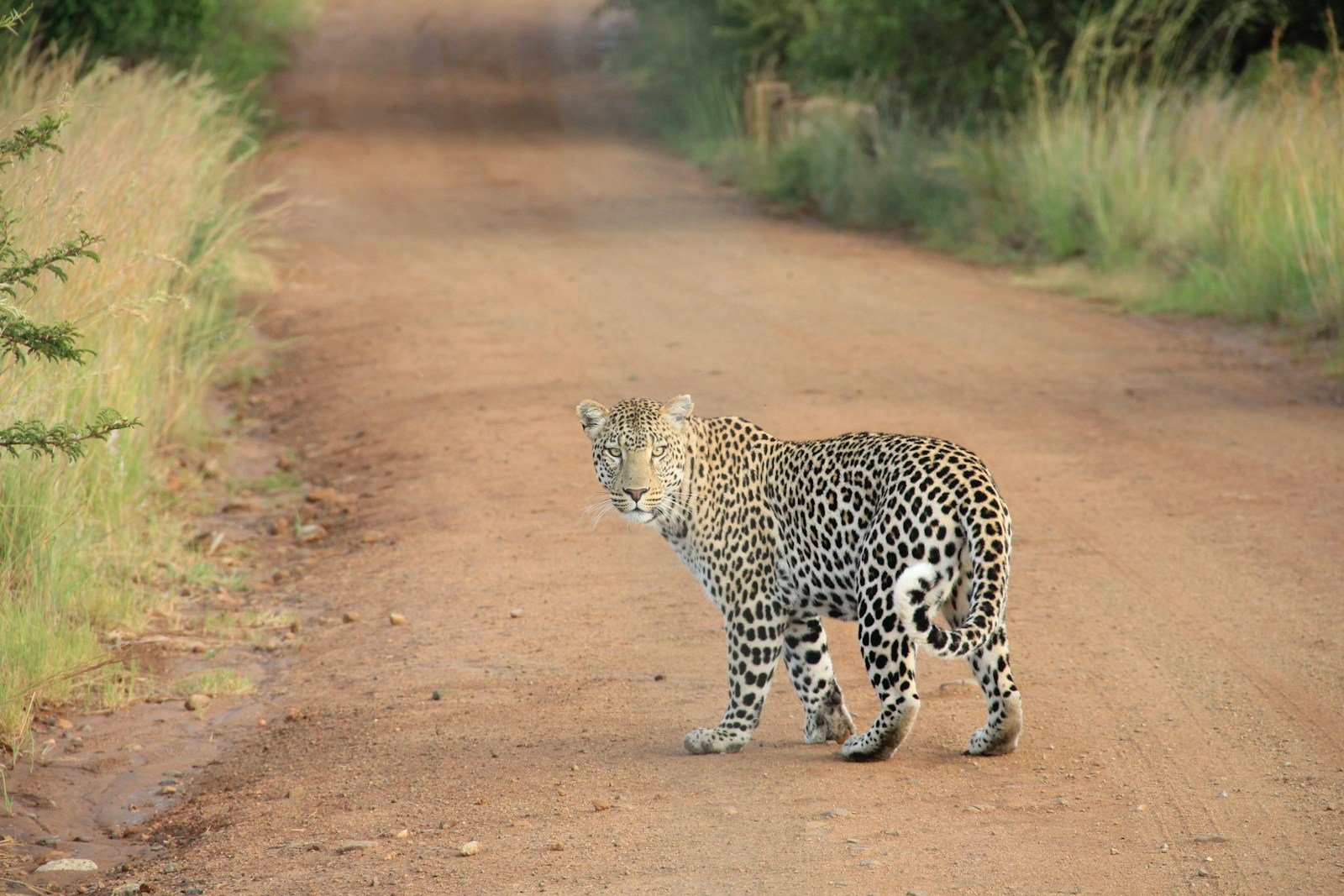
As urban areas expand and natural landscapes shrink, leopards increasingly find themselves in close proximity to human settlements. Habitat loss not only restricts leopards’ natural territories but also forces them into stressful environments where food is not as readily available, increasing the likelihood of interspecies conflicts.
Adaptive Strategies for Coexistence
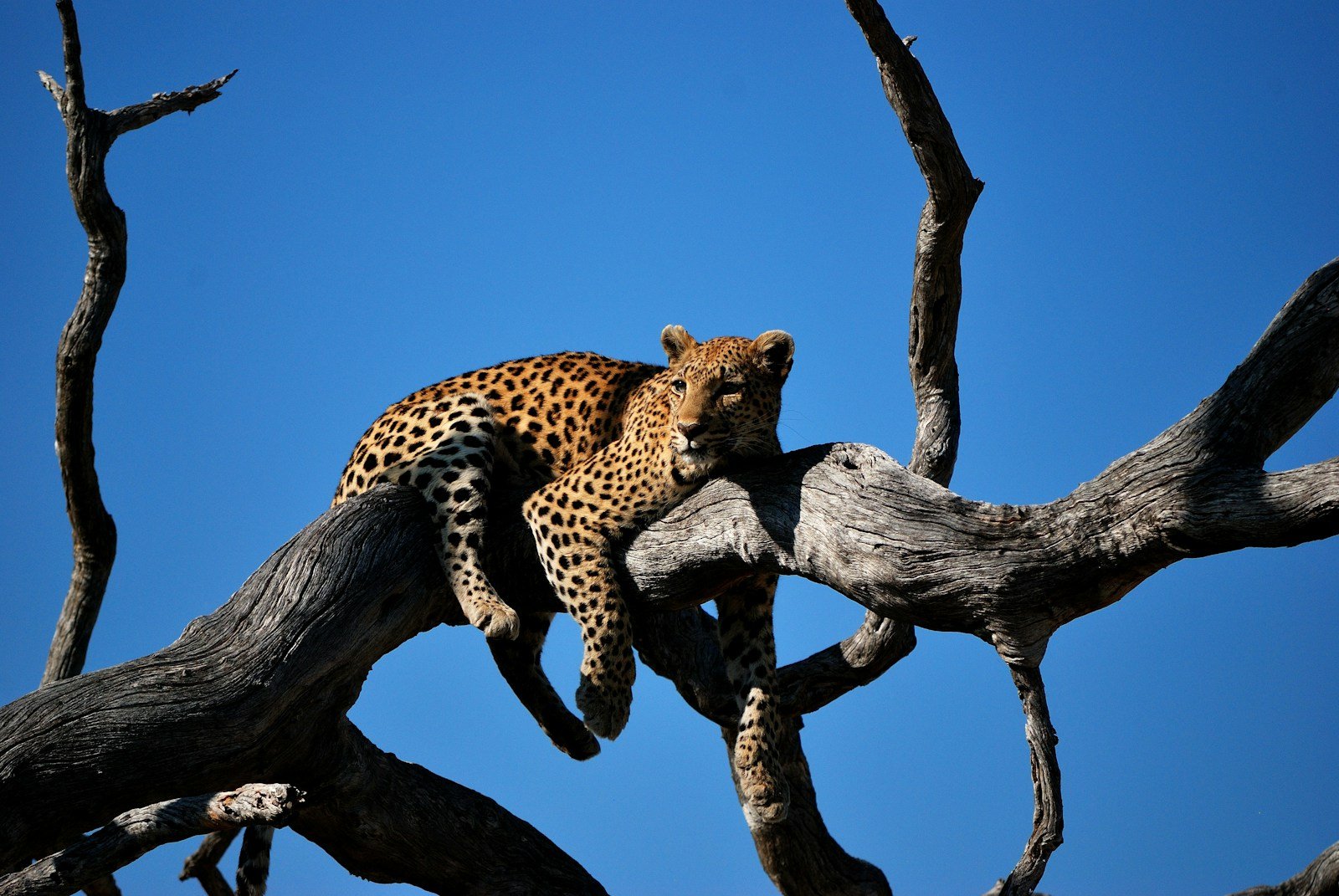
There is a need for strategic planning to ensure coexistence between leopards and humans. Solutions include creating wildlife corridors that allow leopards to travel between habitats without entering human areas, community-based monitoring, and initiatives to educate locals on how to avoid conflict and protect both their livestock and family members.
Conservation Efforts and Human Safety
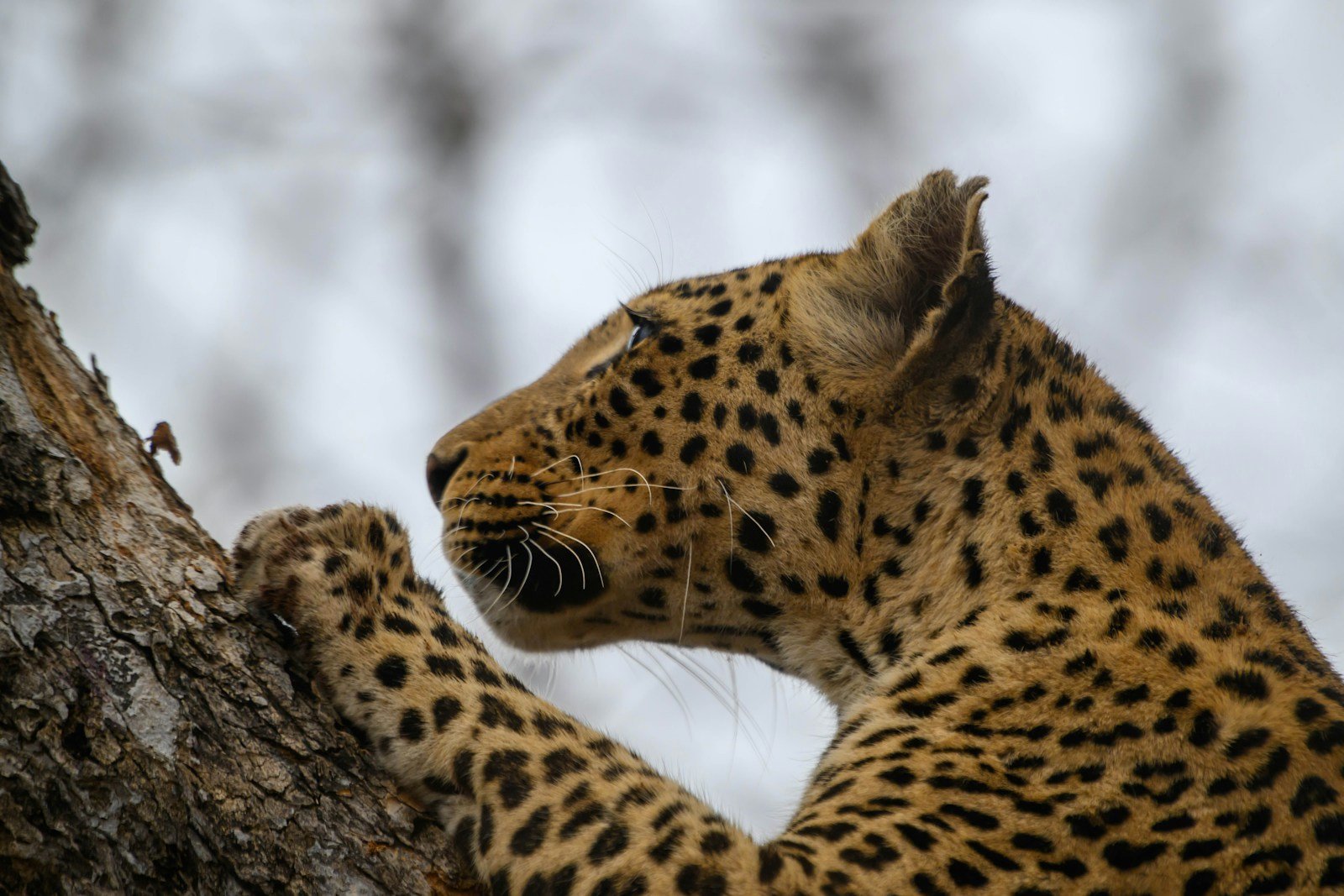
Conservation efforts play a crucial role in mitigating leopard attacks. Implementing measures that balance leopard conservation with human safety requires a combined effort from governments, NGOs, and local communities. Protecting natural habitats, tackling poaching, and encouraging sustainable land use are fundamental to reducing the need for leopards to venture into human-occupied areas.
Conclusion: Balancing Ecosystems and Human Development
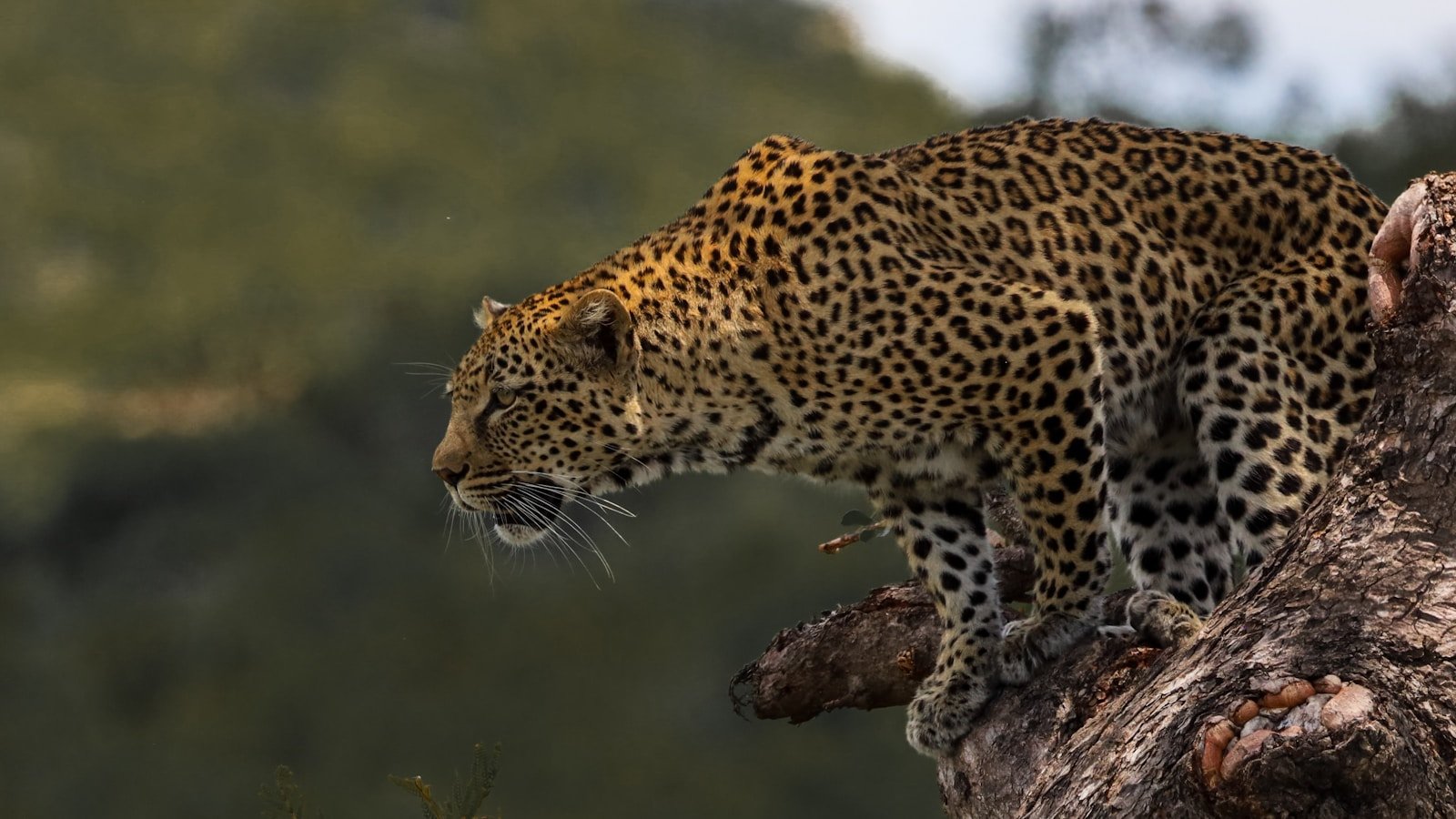
The relationship between leopards and humans is complex, dictated by the delicate balance of ecosystems and the pressures of human development. Understanding this dynamic is vital for crafting informed conservation policies and fostering an environment where both leopards and humans can thrive. By addressing the root causes of conflict and promoting awareness, societies can work towards reducing the frequency of leopard attacks and preserving biodiversity.
Hi, I’m Bola, a passionate writer and creative strategist with a knack for crafting compelling content that educates, inspires, and connects. Over the years, I’ve honed my skills across various writing fields, including content creation, copywriting, online course development, and video scriptwriting.
When I’m not at my desk, you’ll find me exploring new ideas, reading books, or brainstorming creative ways to solve challenges. I believe that words have the power to transform, and I’m here to help you leverage that power for success.
Thanks for stopping by, Keep coming to this website to checkout new articles form me. You’d always love it!






